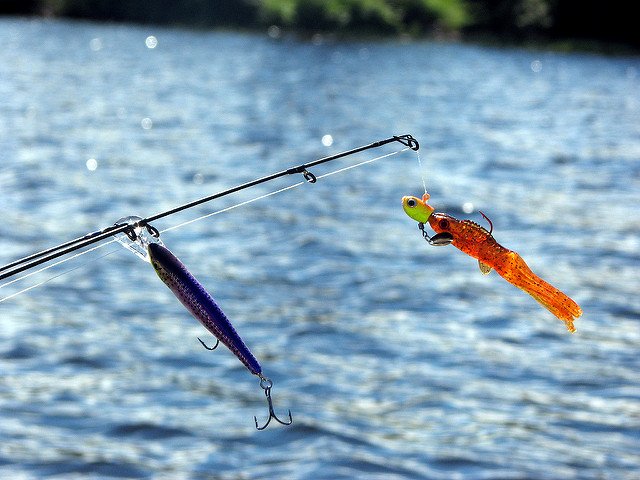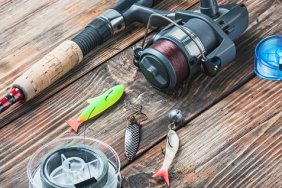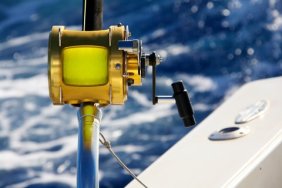Plastic tubes have been some of the most effective baits in an angler’s arsenal for years. The key to their success is their versatility.
From crawfish to shad, tube jigs can imitate nearly any prey that bass feed on. They can also be rigged in a number of ways — weighted tube jighead, Texas-rig, etc — which further extends their versatility.
While tubes basically do all the work for you, there are still a few tricks you can pull from your sleeve for a rainy day to get the most out of these versatile little baits.
Use Braid
The downfall to the internal head on a tube jig is that it creates a much smaller hook gap than other ways of rigging, which can increase your odds of losing fish if you’re not experienced with these baits. Obviously, this is not desired. The best way to prevent this from happening is to use braided. Braided line– Spiderwire, Sufix or PowerPro—has no stretch and it will greatly increase your chances of securing a fish when you set the hook. In clear water situations, tie on a short leader of fluorocarbon to minimize your line’s visibility.
Grab the Oil Can
Another frustration of tube jig fishing is the rigging itself; it can be frustratingly difficult to get the jighead to sit properly in the tube. To speed that process up, I suggest lubing the jighead with some saliva or even liquid scent to make the process much easier on your fingers and your patience.
Gain Some Weight
One of the most appealing traits of tube jigs is their erratic fall in the water. By increasing the weight of the internal head, you enable the jig to fall more erratically and make it more likely you’ll elicit a reaction strike. In shallow water, I’d start out with a ¼ ounce jighead and move up to a 3/8 or even ½ ounce as you get deeper. This will also help you feel strikes, as the bait will pull the line tighter on the fall.
Go For a Swim
Many think of tubes as bottom baits and, as a result, limit their tactics to the bottom. However, swimming a tube allows you to use the tube’s profile and skirt to imitate baitfish. A swimming presentation works well over submerged weeds, near stumps or docks and close to other cover that tends to hold perch, bluegill and shad. Swimming a tube is also a good open water technique for bass on the hunt for baitfish schools.
Photo credit: Flickr CC








